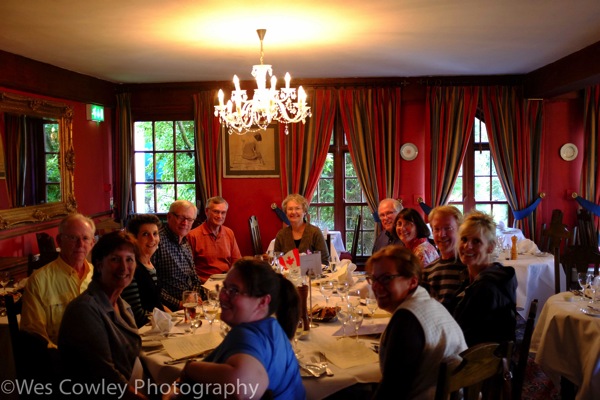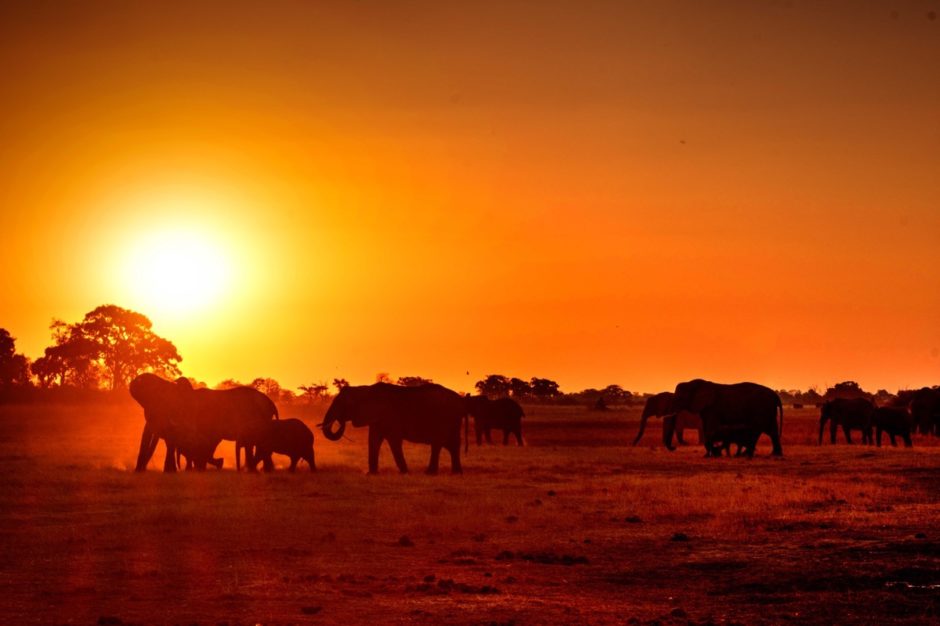With another irish breakfast under our belts and seaweed soft skin, we headed out for another day. Â Our first stop was the only museum of our trip, the Museum of Country Life at Turlough Park in Co. Mayo. And what a museum. Â Very well done, modern, with interactive displays and very interesting.
http://www.museumsofmayo.com/country-life-museum.htm
Gina and I had stopped to look at the exhibit of hurling balls, and struck up a conversation with the curator of the exhibit, a young Irish lass by  the name of Clodagh Doyle.  She told us she had been “living and breathing†hurling balls for 5 years.  One of the earliest balls found was made over 800 years ago, and preserved in a bog. http://www.museum.ie/en/exhibition/hair-hurling-balls.aspx
Another exhibit I found interesting was about Irish Travelers.  The origins of this ethnic group are unclear, but the group has been identified as far back as the 12th century.  They are often mistaken for gypsies, but are not related to the Romany Gypsies.  Many have immigrated to the United Stated over the centuries,  there are estimated to be as many as 10,000 living in the States.  I have a very distinct childhood memory, sort of like a faded old snapshot, of a Tinker, as they are sometimes called, in my very small hometown in Kentucky, his horse drawn wagon parked at the bottom of the hill downtown next to the railroad tracks, selling his wares.  (Contrary to what you might think, motor vehicles were prevalent at this time in Kentucky, the Traveler’s cart just happened to be horse-drawn.)
http://www.grtleeds.co.uk/Culture/irishTravellers.html
http://www.travellersrest.org/Travellers.htm
The Country Life Museum was a worthwhile stop, a beautiful setting as well. Â And this couple certainly added to the setting:
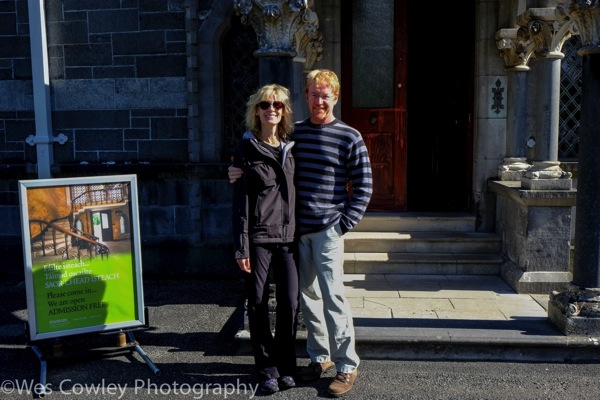

And how was your day, son?
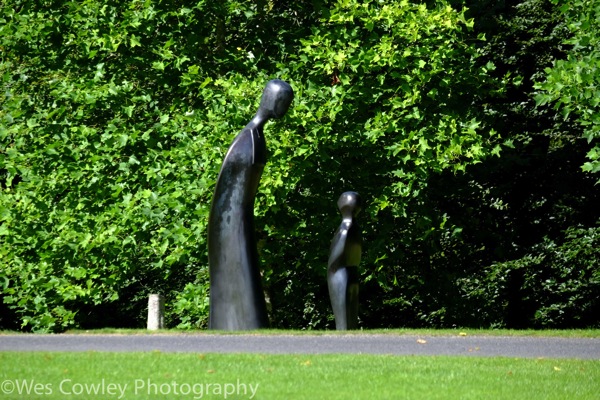
The Turlough Round Tower, visible from the museum grounds. http://www.roundtowers.org/turlough/
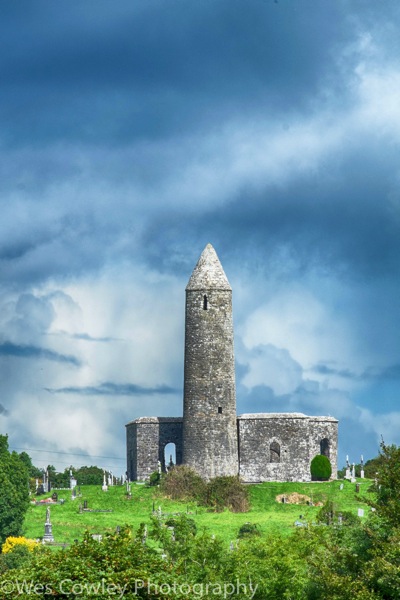
After leaving the museum, Gina and Mother Mary Lou shared a laugh.

After a fine lunch at Cronin’s Sheebeen,  we visited  Croagh Patrick, the holiest mountain in Ireland.  Here, at the statue of Saint Patrick, Jeannie adopts the appropriate pious stance:
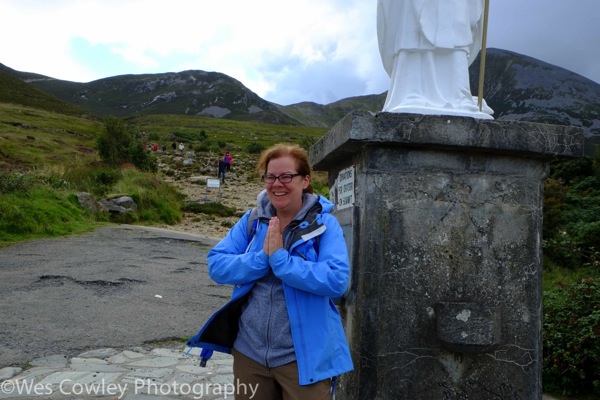
The beauty and the beast at Croagh Patrick.
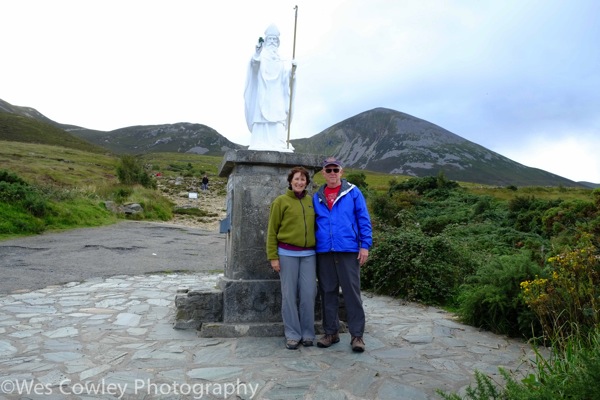
Several of the group wanted to pay homage by walking up to the top of the Shrine on our knees, but Sean, our intrepid guide, said we didn’t have enough time.  Some information on Croagh Patrick.  http://www.croagh-patrick.com/visitorcentre/holy-mountain
http://www.newadvent.org/cathen/04509b.htmÂ
We then drove to the Doolough Valley, the path of the tragic hunger walk where, during the famine of the 1840s, up to 400 poor Irish died on a stormy night after walking from Louisburg to the Delphi Lodge to get an allotment of food.
This is a lovely valley, and the Black Lake looks like a jewel in the valley.
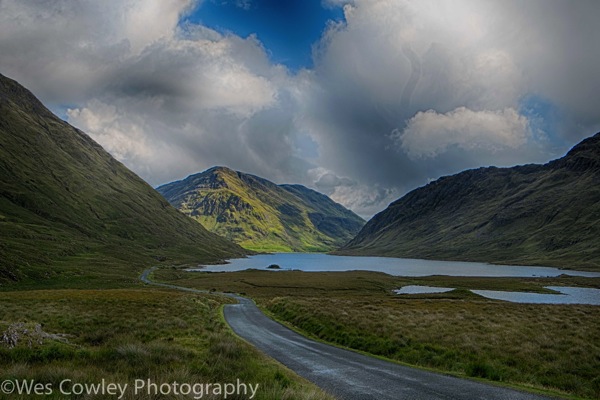
But on a dark and dreary day, you can almost hear the souls of the lost Irish calling out from the depth of the lake and the unmarked burial spots along the road.
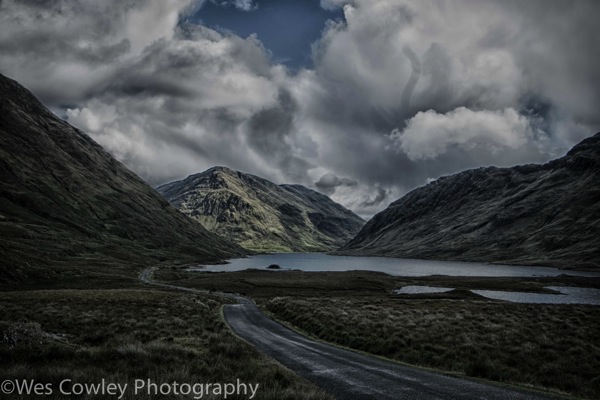
It was a terrible time for Ireland, made much more difficult by the uncaring British overlords who were exporting food from their estates while the Irish starved. Â The small shrine below commemorating the tragedy.
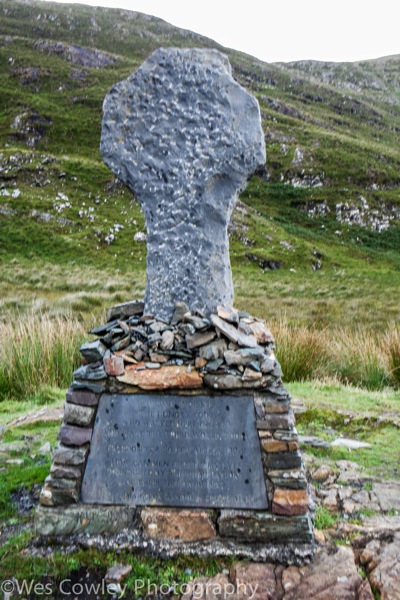
This interesting plot next to the shrine provided some mystery until Kristinia and I decided that it was the burial spot for the favored hound of the Lord of the Delphi Lodge.
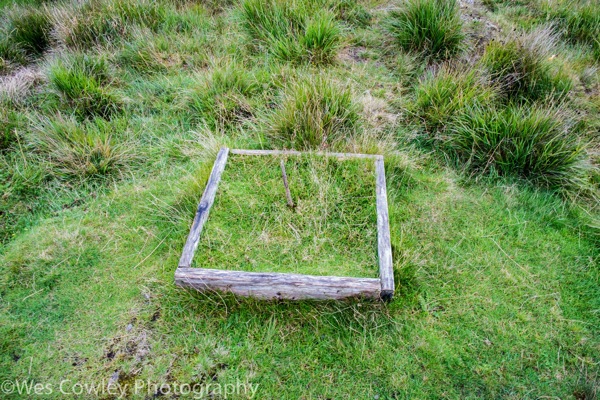
The weather had turned gloomy while we were at the Black Lake, but as we drove to the Connemara National Park, things brightened considerably.
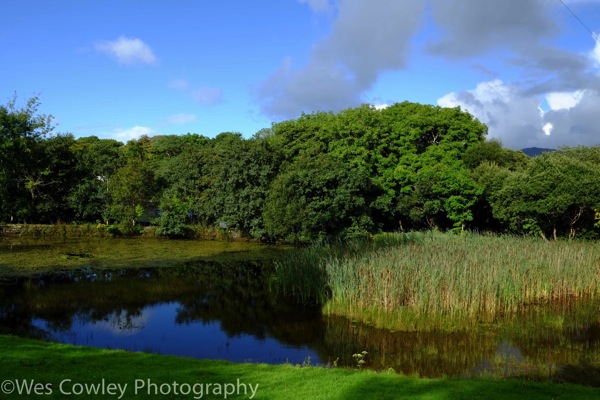
Sean demonstrated his seesaw abilities to Kathy, for which she was quite grateful. Â In the background, Doug with his BIGGER camera is racing to get a shot of this historic occurrence.
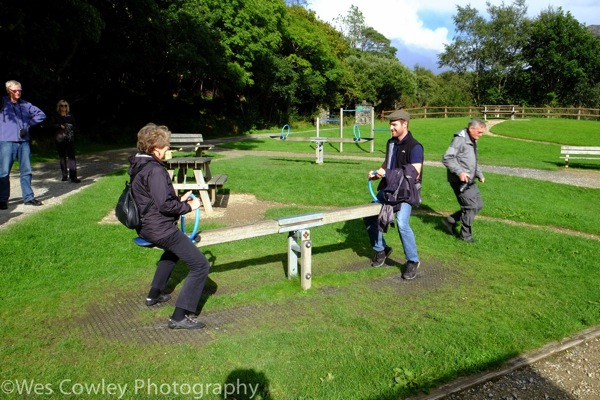
I think the Connemara region is one of my favorite spots in Ireland, just behind the Co. Antrim coast.
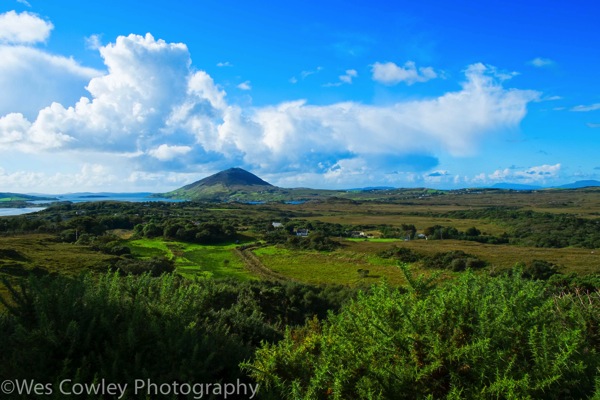
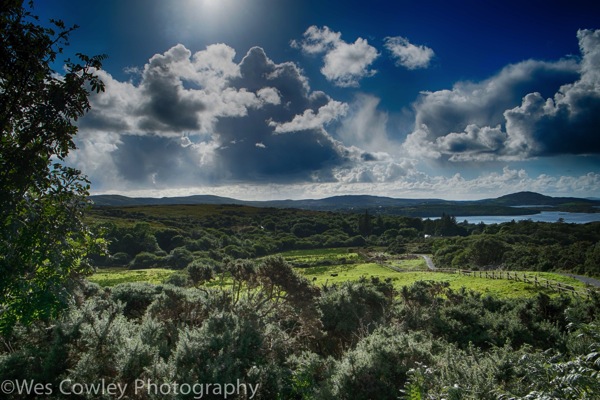
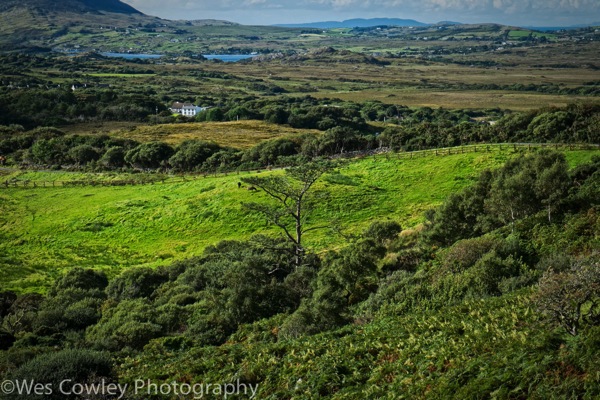
The picture below is that of a neolithic circle of stones Rick and I discovered. Â After some study, we determined that the ancient Celts used the circle for religious purposes, including the sacrifice of Irish virgins to mollify the gods.
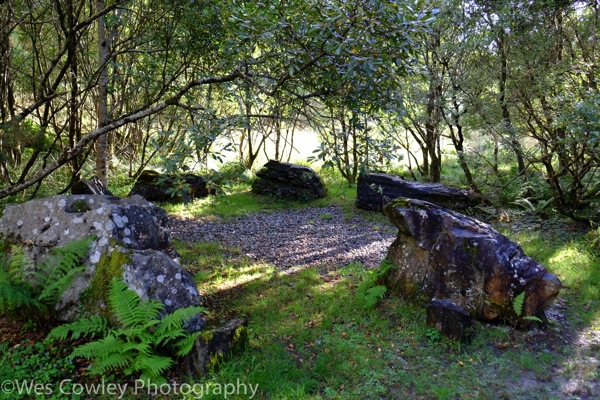
After this remarkable discovery, We all loaded up and headed out for a night at the Abbyglen Castle Hotel, outside the town of Clifton, Co. Galway.
Another full day and a great dinner at the Abbyglen, we retired for a much needed night sleep.  In case you hadn’t guessed by now, our days were very full and there was no problem sleeping.
